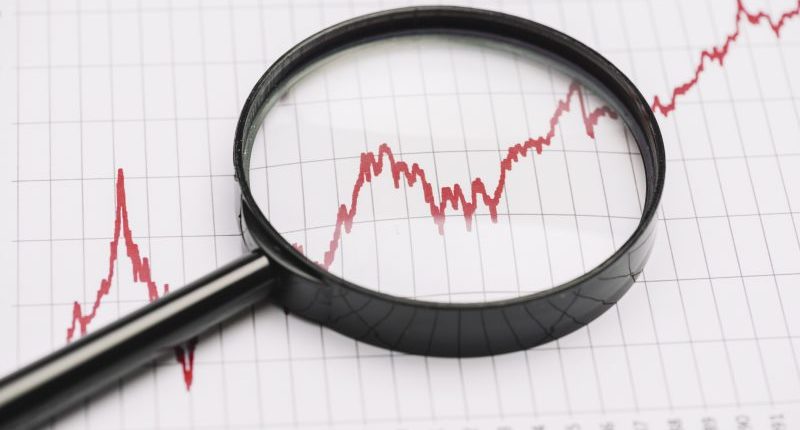The Central Board of Direct Taxes has announced the Cost Inflation Index (CII) for the financial year (FY) 2022-23 as 331 vide notification dated 14th June 2022. The government notifies this index to measure inflation.
Purpose of Cost Inflation Index
The income Tax Act defines the cost inflation index published by the government every year. In income tax law, the gains or losses on the sale of capital assets are calculated by reducing the sale value with the asset’s cost. For calculating capital gains on the sale of long-term assets, the asset’s purchase price is notionally increased using the CII number to consider the effect of inflation. This increases the asset’s cost (asset acquisition or improvement), resulting in lesser profits and lesser tax payable by the taxpayers. The inflation-adjusted cost is termed ‘indexed cost of acquisition’ or ‘indexed cost of improvement’.
The taxpayers can use the CII number to calculate the inflation-adjusted cost of only those long-term capital assets where indexation benefit is allowed as per the Income Tax Act. The indexation benefit is allowed for calculating the LTCG/LTCL of capital assets such as land, building, gold, debt funds, unlisted shares, etc. The indexation benefit is not allowed on the sale of equity shares or equity mutual funds since the gain that exceeds Rs 1 lakh per financial year is taxed at a flat rate of 10 per cent without indexation benefit.
How is the Cost Inflation Index Applied to Calculate Capital Gains/Losses?
The formula to calculate the indexed cost of acquisition is-
Indexed Cost of Acquisition=
(Cost of asset acquisition x CII of the year of sale) / CII of the year of the purchase or the year 2001-02, whichever is later
Indexed Cost of Improvement=
(Cost of asset improvement x CII of the year of sale) / CII of year in which asset improvement took place
Long-Term Capital Gains/Loss = Sale Value – Indexed Cost of Acquisition – Indexed Cost of Improvement
Example
Mr Arun purchased a house (capital asset) in FY 2012-13 for Rs 12,00,000. He incurred Rs 2 lakh expenses for the improvement of the house in FY 2018-19. He sold the said property in April 2022 (FY 2022-23) for Rs 36,00,000.
The property is sold after 36 months of its purchase. Hence, it is a long-term capital asset.
Calculation of Indexed Cost of Acqusition:
CII of the FY 2012-13 = 200
CII of the FY 2022-23 = 331
Indexed cost of acquisition = 12,00,000 x 331 / 200 = Rs 19,86,000
Calculation of Indexed Cost of Improvement:
CII of the FY 2018-19 = 280
CII of the FY 2022-23 = 331
Indexed cost of acquisition = 2,00,000 x 331 / 280 = Rs 2,36,429
Conclusion
As you can see from the above examples, the CII number is applied to asset acquisition or improvement costs. It helps reduce the quantum of long-term capital gains on which tax is to be paid, bringing down the taxpayer’s tax liability.
For any clarifications/feedback on the topic, please contact the writer at namita.shah@cleartax.in

I’m a chartered accountant and a functional CA writer by profession. Reading and travelling in free time enhances my creativity in work. I enjoy exploring my creative side, and so I keep myself engaged in learning new skills.





